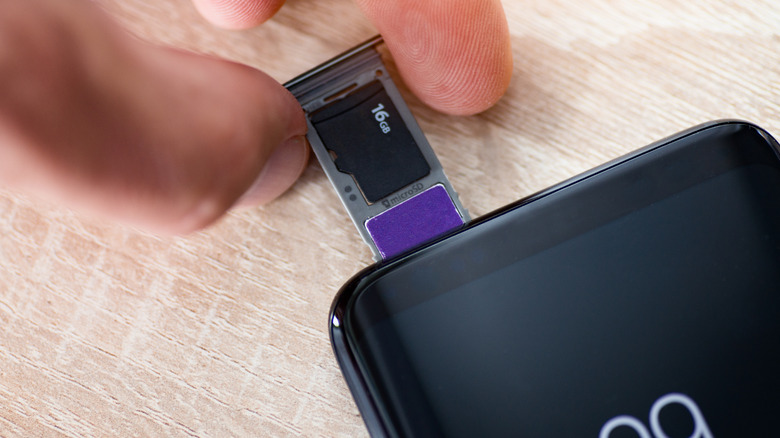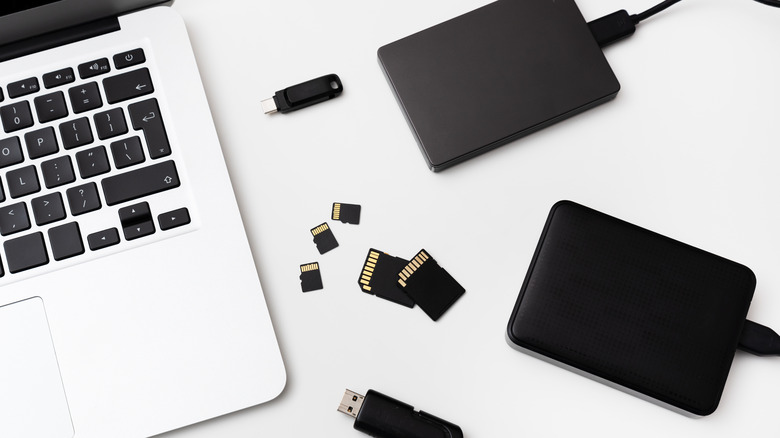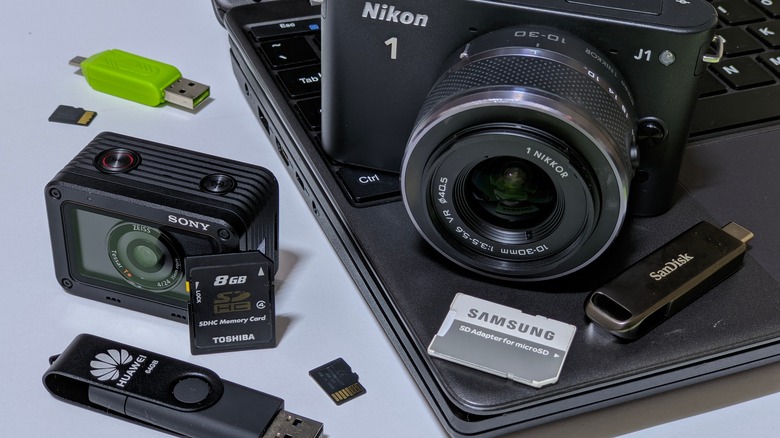TF Card: What Is It, And What's It Used For?
From smartphones and tablets, to drones and portable gaming consoles like the Nintendo Switch, our devices never seem to have enough internal storage. That's why so many of us turn to external storage solutions to expand our devices' memory.
TF cards — short for "TransFlash" cards — are one of the most common choices for those who need to free up space on their devices. These tiny flash memory cards were developed as an alternative to SD cards, offering ample storage capacity in a smaller package.
If the name TF card still doesn't ring a bell, that's because you probably know them by their more popular name — micro secure digital cards, aka microSD cards. SanDisk released the first TF cards in 2004, and they were renamed microSD cards when the SD association acquired the technology later that year. This ensured broader compatibility, and gave the portable storage device the name recognition it needed to reach a larger consumer base.
Understanding TF cards
TF cards or microSD cards are a type of digital memory card used for storing digital data. The SD association adopting and rebranding TF cards as microSD cards aligned them with the already popular "SD" standard, allowing them to be used across a wide range of electronic devices. TF card's biggest selling point was their small size, measuring in at just 15mm x 11mm x 1mm. These dimensions meant they were easy to store, and could be used in portable devices like smartphones, action cameras, and wearable technology.
However, this small size didn't limit the TF card's storage capacity, which typically ranges from 4GB to 256GB, with some extended capacity cards able to store more than 1TB of data. TF cards also have quick transfer speeds, so users don't have to wait a long time while their data moves to the card, which is especially handy when transferring large files like high-definition videos or video games. You can determine how fast a TF card is based on its speed rating: Class 2, 4, 6, and 10, with class 10 cards being the fastest and class 2 cards the slowest.
TF cards are known for their longevity, with the typical card able to store data for up to 10 years, allowing users to safely and securely store important data without worrying about losing it. They're also relatively inexpensive compared to other storage options, and prices have decreased over the years, even as their storage capacity has increased.
Common uses and applications
There are various types of devices that use TF cards, and that has a lot to do with the versatility of these tiny storage devices. Most of us are familiar with their use in mobile devices to expand internal storage because most of us have dealt with a smartphone or tablet running out of space for our photos, videos, apps, and music.
However, the use of TF cards doesn't stop there. They're also widely used by photography enthusiasts and professionals to capture footage with high-end digital cameras and drones, allowing them to store high-resolution images and videos and transfer the large files these devices produce quickly and efficiently. If you're a gamer who owns a portable console like the Steam Deck, you've probably used a TF card to store game data and downloadable content. They solve the problem of having to constantly manage internal storage space.
Smart homes are another place where you'll find TF cards hard at work, logging data and storing firmware or configuration files. They play a major role in devices like home security cameras, smart sensors, and other connected gadgets, where they store operational data and make it easy to update software. Their universal design means they work with a wide range of devices, and adapters further expand their compatibility to devices with standard SD card slots.


